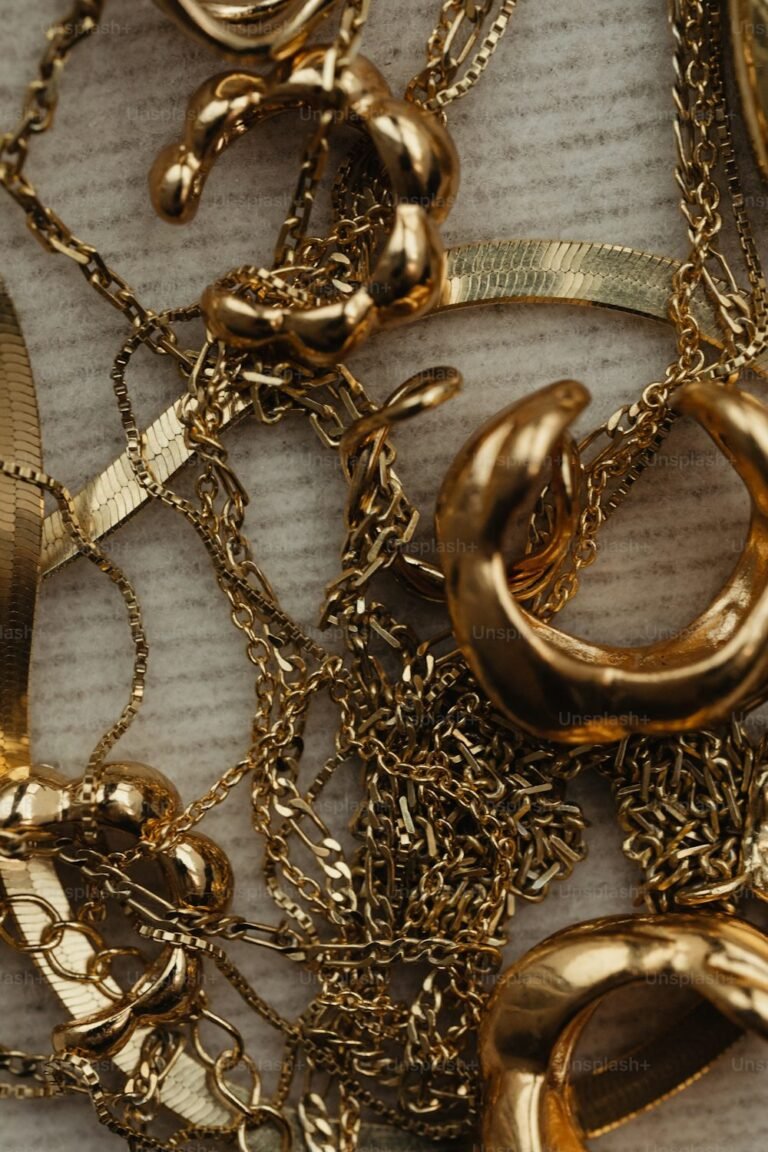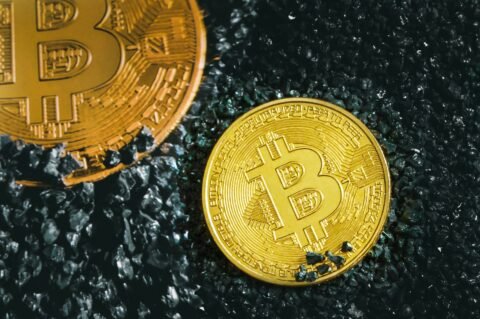Collecting precious metals like gold and silver has always been a fascinating hobby for enthusiasts. The gleam of these metals not only captures the eye but also carries a rich history and value. Whether you’re a seasoned collector or just starting, building a collection of gold and silver can be both rewarding and profitable.
The History and Significance of Gold and Silver
Gold and silver have played crucial roles in human history. Ancient Egyptians adorned their pharaohs with gold, believing it to be the flesh of gods. Similarly, silver was highly valued in ancient Greece and Rome, used for currency and ornate jewelry. These metals have been symbols of prosperity and power across various cultures. Investing in silver coins is another excellent way to appreciate the enduring value of precious metals.
Economically, gold and silver have served as foundations for monetary systems. For centuries, gold was the standard for currency, with many countries backing their money with gold reserves. Silver, too, played a significant role in trade and commerce, especially during the age of exploration.
Culturally, gold and silver have inspired art, literature, and ceremonies. From wedding bands to Olympic medals, these metals continue to symbolize purity, achievement, and prestige. Understanding their historical and cultural significance adds depth to your collection, making each piece more than just a shiny object.
Types of Precious Metal Collections
When it comes to collecting precious metals, there are several approaches. Bullion collections focus on pure gold and silver bars and coins, valued primarily for their metal content. This type of collection is often seen as an investment, offering a hedge against inflation and economic instability.
Numismatic collections, on the other hand, emphasize the rarity and historical significance of coins. Collecting rare and antique coins can be both challenging and rewarding, as these pieces often have stories and histories attached to them.
Thematic collections combine elements of both bullion and numismatic collecting, focusing on specific themes such as historical events, famous figures, or artistic designs. This approach allows collectors to build a unique and personalized collection that reflects their interests.
Each type of collection has its advantages and risks. Bullion is straightforward and easy to value but lacks the historical intrigue of numismatics. Numismatic collections can be highly valuable but require extensive knowledge and research. Thematic collections offer creativity and personalization but can be harder to appraise.
How to Start Your Collection
Starting a precious metal collection begins with setting clear goals and a budget. Determine whether you’re interested in bullion, numismatics, or a thematic collection. This decision will guide your purchases and help you focus on specific types of pieces.
Next, educate yourself on identifying authentic pieces. Look for reputable dealers and sources, and familiarize yourself with common hallmarks and certifications. Joining collector communities and forums can provide valuable insights and advice.
Set a budget that considers both your short-term and long-term goals. Precious metals can be expensive, so it’s essential to plan your purchases carefully. Start with smaller, more affordable pieces and gradually build your collection over time.
Storing and Protecting Your Investment
Proper storage is crucial for maintaining the condition and value of your collection. Keep your metals in a cool, dry place, away from direct sunlight and moisture. Use protective cases or sleeves to prevent scratches and tarnish.
Security is also a significant concern. Invest in a high-quality safe or bank safety deposit box to protect your collection from theft. Consider insurance coverage specifically designed for valuable collections.
Regularly inspect and clean your pieces to ensure they remain in excellent condition. Use appropriate cleaning methods and materials to avoid damaging the metals.
The Future of Precious Metal Collections
The world of precious metal collecting is continually evolving. Trends indicate a growing interest in sustainable and ethically sourced metals. Collectors are increasingly aware of the environmental and social impacts of mining and are seeking responsibly sourced pieces.
Investment in gold and silver continues to be a popular strategy for diversifying portfolios. Precious metals offer stability and security, especially during economic downturns. The demand for silver bullion coins and other investment-grade metals remains strong, reflecting their timeless appeal.
Technology is also impacting the collection process. Online platforms and marketplaces provide collectors with access to a global network of dealers and enthusiasts. Digital tools and apps can help manage and appraise collections, making it easier than ever to track and value your pieces.
Conclusion
Building a collection of gold and silver is a rewarding endeavor that combines history, culture, and investment potential. By understanding the significance of these metals, exploring different types of collections, and following best practices for storage and protection, you can create a valuable and meaningful collection.
Whether you’re drawn to the historical intrigue of numismatic coins or the investment potential of silver bullion coins, there’s something for every collector in the world of precious metals. Start your collection today and join a community of enthusiasts who share your passion for gold and silver.





